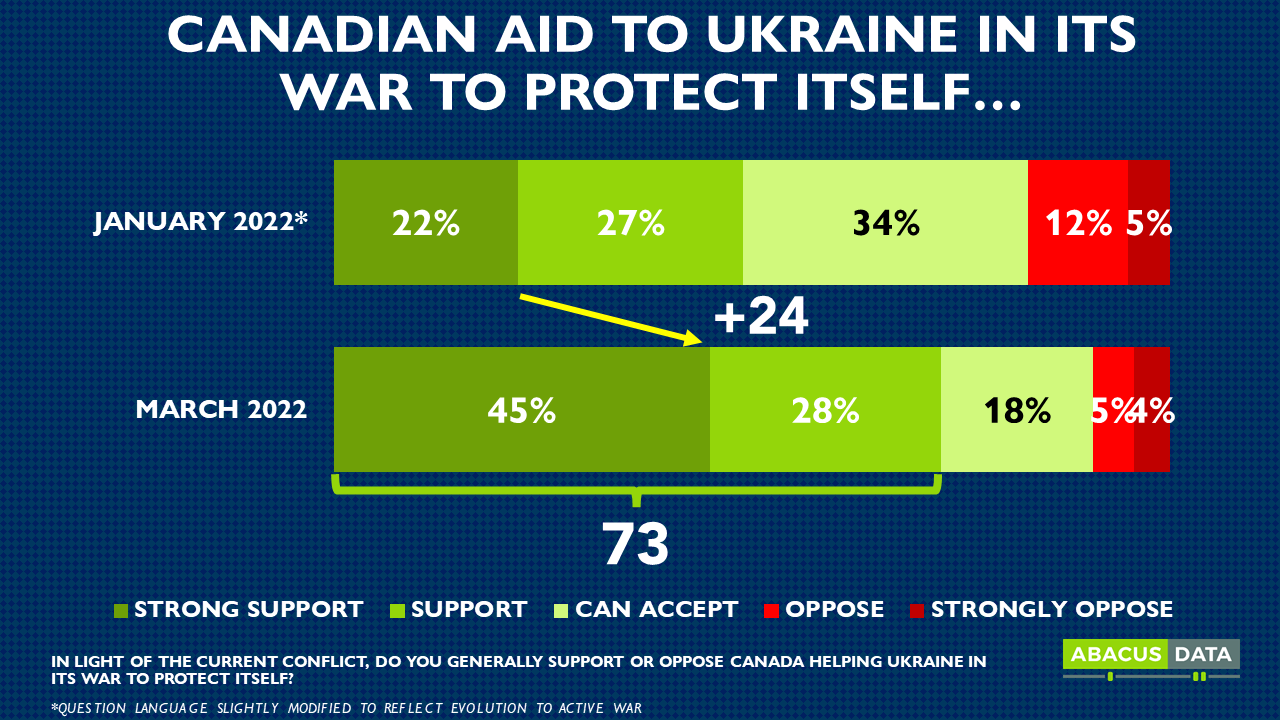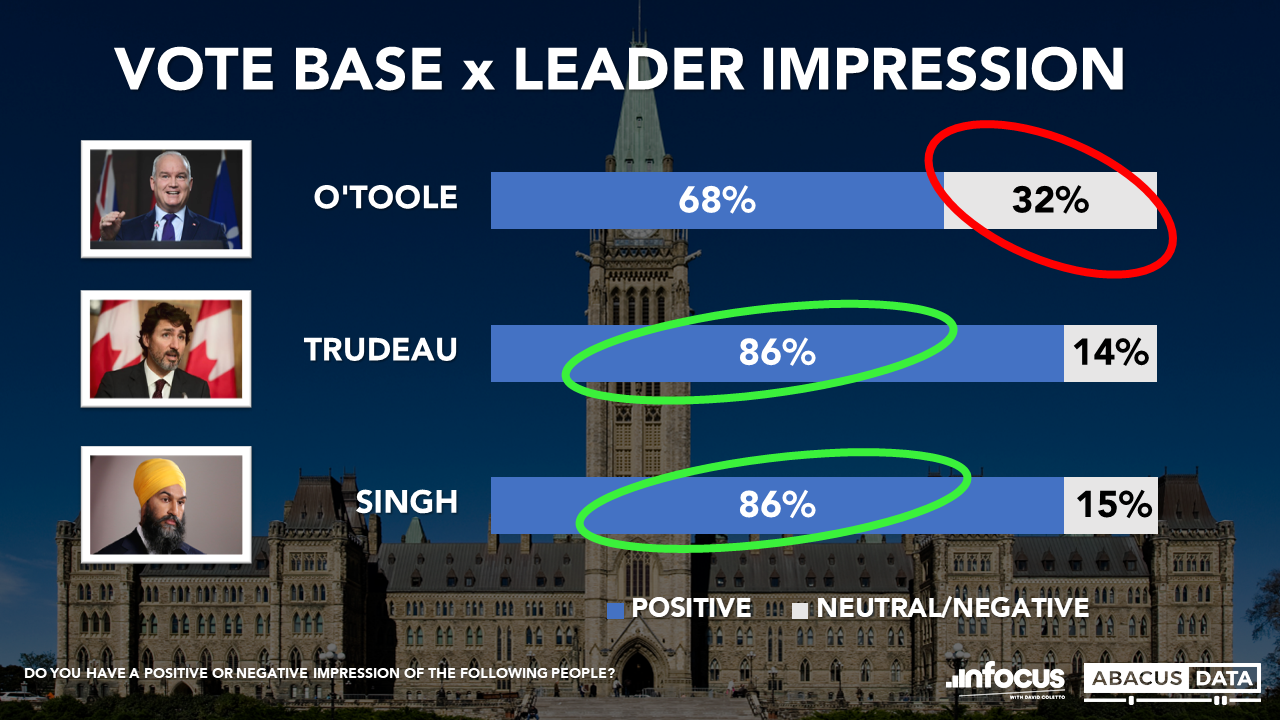What Abacus Does: Assessing the Dynamics of Issues Environments
July 25, 2017
‘What Abacus Does’ is a companion piece to some of the public facing opinion research we post. It looks at the research through a practical lens and gives a sneak peek into the type of work we do to unearth the strategic implications and “so what” of our data for clients, causes we support, and lunch room arguments.
When strategic communications advisors and pollsters want to understand the goings-on of the public sphere, they will often feed a number of high profile issues with significant media play into a survey. They design it in a way to get at a sense of what Canadians are paying attention to, and how they feel the relevant party – in this case the government – is doing on these measures. In its simplest form the output of such a survey might look something like this, from our latest poll.

While looking at the data this way gives us an overview of what Canadians are paying attention to and feel about issues, our strategic advisors responsible for giving our clients the “so what” of the data often look at synthesizing this information in a different way. Something that looks more like this:

Here, we can see where each issue lies on an axis of both attention (% who say they are following the issue somewhat, down and up) and performance (% who rate the government as good or acceptable, left to right). In other words, an issue located at the bottom right is one few are paying attention to but many are impressed with, an issue at the top left is one where many are paying attention and see performance as lacking.
Immediately we see three things:
1. The government gets high marks on NAFTA and the G20, but Canadians aren’t as engaged on those issues.
2. Jobs and climate change are highly engaging issues on which the federal government is performing well
3. The decision to settle the civil case with Omar Khadr and housing affordability are potential areas of vulnerability for the government. People are paying attention to these issues but the government is not seen to be performing as well on them.
Now, by way of the Liberals’ steady sailing in the horse race we can infer that these problem areas aren’t driving vote intention yet, despite strong and polarizing views. But we can say these are areas where the government may want to be more cautious.
Issues of the day don’t impact vote intention until they suddenly do, and issues with high attention and low perceived performance especially so.
For now, on the Khadr front at least, part of the reason for a lack of traction could be because opposition to the government’s handling is concentrated among Conservative voters (i.e. people already opposed to the government). We could also hypothesize from the impact chart that strong perceived performance on jobs, the economy and climate change are counteracting vulnerability on Khadr, at least for the time being.
For more information and analysis on the public opinion dynamics of Trump, the economy, and the Khadr file, and for information on survey methodology, please see two companion releases found here & here.
And if you have any questions about research and the strategic advice we can provide, feel free to reach out to me or our team.
Ihor is Head of Operations and Project Delivery at Abacus Data. He specializes in connecting abstract numbers and conceptual findings to real, tangible tactics that get results. You can reach him at ihor@abacusdata.ca.



